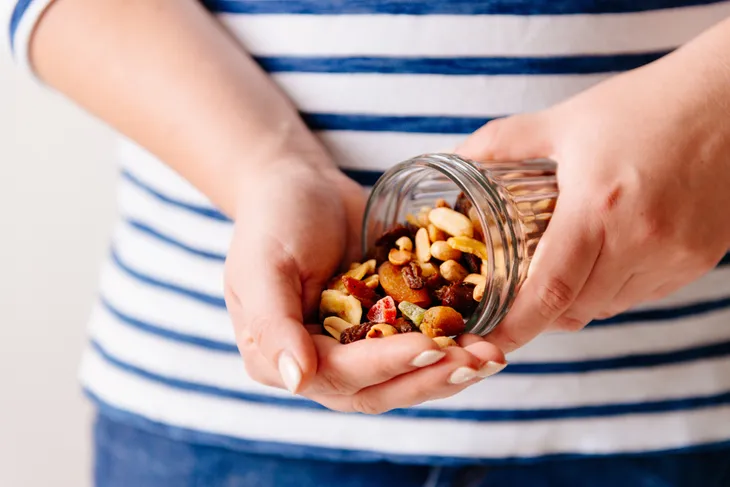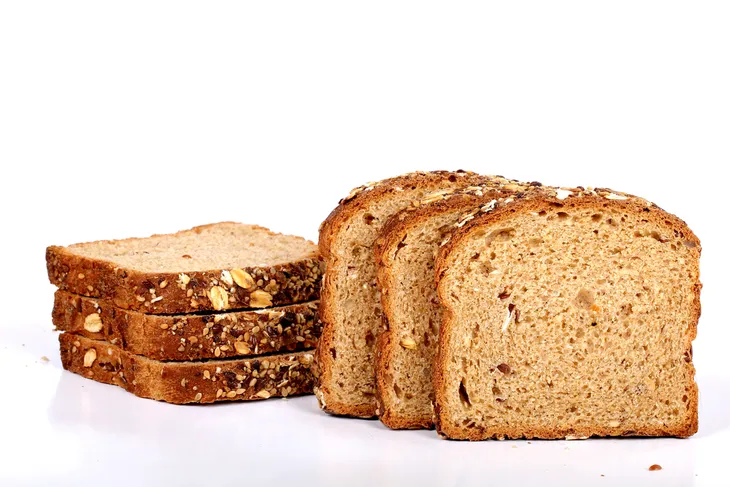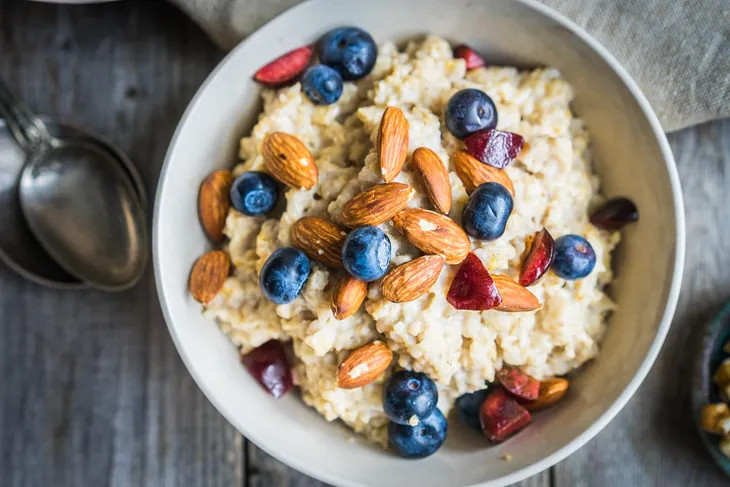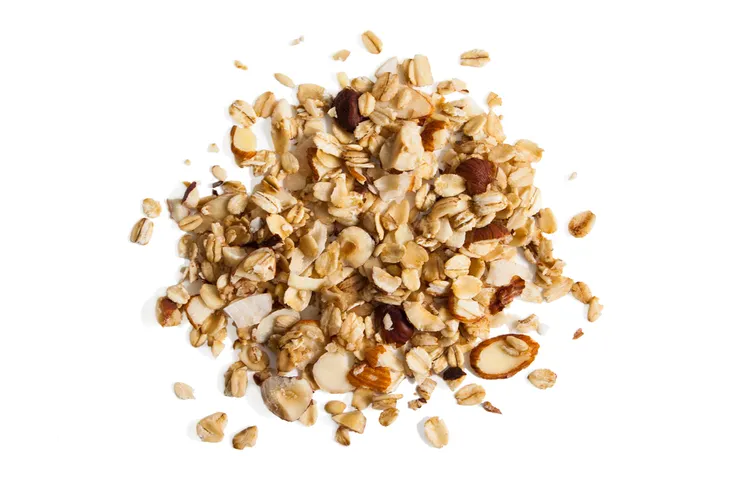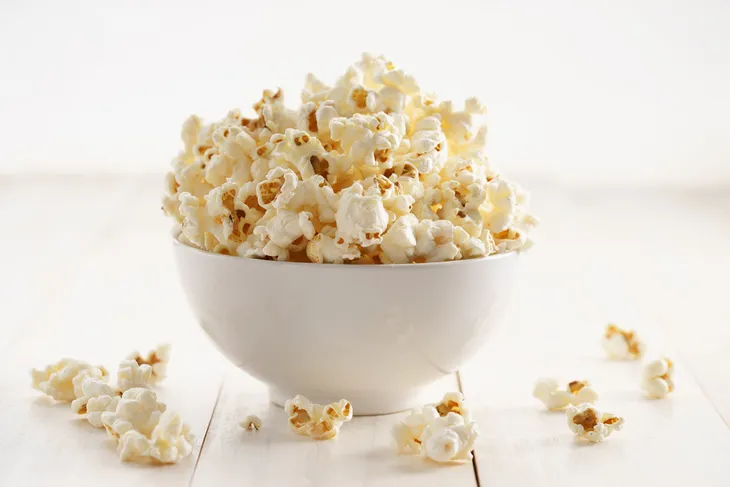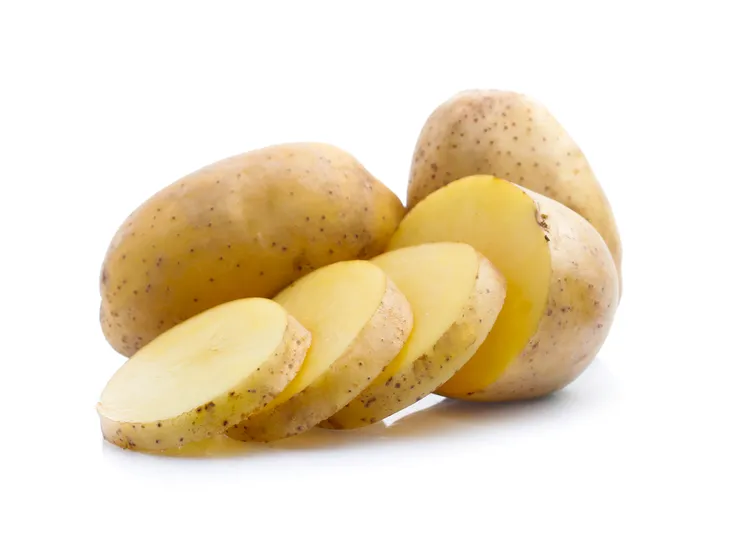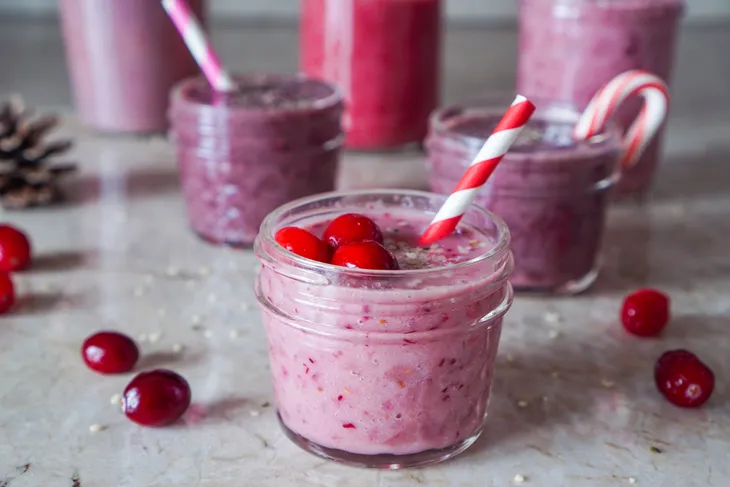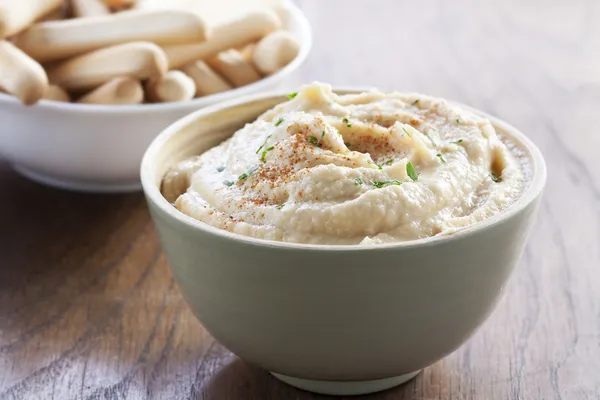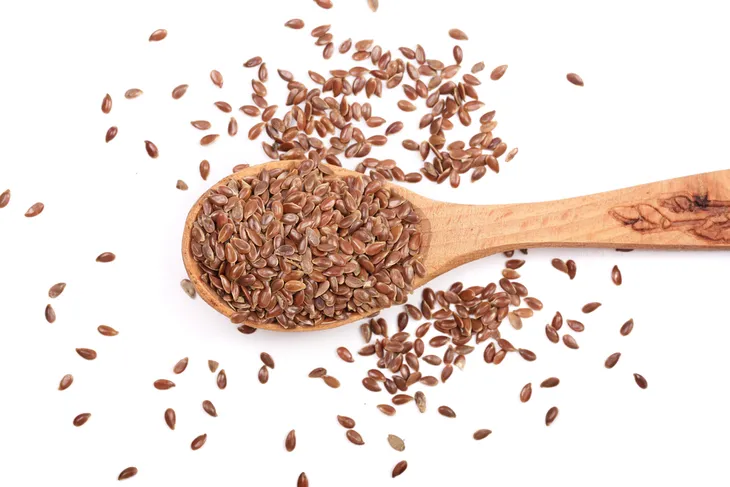Eating a high fiber diet is an important step to achieving a healthy lifestyle. There are two types of dietary fiber: soluble and insoluble fiber. Soluble fiber can be dissolved in water and acts by slowing down digestion. It helps you feel full for longer and can also reduce bad cholesterol. Insoluble fiber cannot be dissolved and remains intact through the digestive process. It has a laxative effect and can help relieve constipation. Both types of fiber are equally important in your diet.
The Dietary Guidelines for Americans recommends that the average woman should eat 25-grams of fiber, and the average man should eat 35-grams. If you are looking to lower your cholesterol, consider eating extra soluble fiber above and beyond the daily recommendations. Always try to get your daily fiber through the consumption of natural foods. While fiber supplements are convenient, they may not be as beneficial to the body when compared to their natural counterparts.
When adding fiber to your diet, start slowly. Eating more fiber than you are used to can lead to bloating, gas, and cramping. These unpleasant side effects go away with regular consumption. Thankfully it’s easy to get your daily fiber amount with delicious foods. Here are 15 great ways to add fiber to your diet.
Want diet & nutrition content delivered straight to your inbox? Sign up for our exclusive diet & nutrition newsletter!
Eat “Whole” Foods
Buying bread can be a challenge when you’re looking for high fiber. Multi-grain varieties sound healthy, but they can be over processed and lacking fiber. Instead, search for breads with “whole grain” or “whole wheat” on the label. They will be less refined and higher in fiber and other vitamins. If in doubt, check the labels to find the best variety for you.
Mix Cereals
High fiber cereals can be tasteless and a chore to eat. Remedy this by mixing your favorite cereal with the high fiber variety. Experiment with different mixtures to find your ideal breakfast cereal concoction. Starting your day by eating a high fiber meal will keep you full longer and energized. Some brands of high fiber cereal taste amazing too.
Start With Oatmeal
Not all oatmeal is made equal. If you’re looking to add fiber to your diet, try steel cut oats. These oats have been shelled and coarsely chopped, unlike rolled oats which have been steamed and rolled out flat. By keeping the oats as unprocessed as possible, steel cut oats have an amazingly high fiber content. One 100 gram serving can give you 10 grams of fiber!
Switch From White To Brown
One easy switch you can make to add fiber in your diet is to choose brown rice over white. Brown rice takes longer to cook because of its high fiber content. The result is a chewier, nuttier version of the classic white rice. Enjoy it as a side dish or wherever you would use regular rice. A nice high fiber dessert is to make rice pudding with brown rice. Your family won’t notice the difference!
Eat The Fruit, Not The Juice
If you enjoy a glass of orange juice in the morning, try eating an orange instead. Oranges contain both soluble and insoluble fiber that you can miss out on if you’re just drinking the juice. Eating the whole fruit has other benefits. There is no added sugar, it is lower in calories, and it will fill you up. If you still want to stick with the juice, try varieties that add in pulp. If you still want to stick with the juice, try varieties that add in pulp.
Try Some Granola
If you’re a yogurt fan, try topping it with granola or cereal. Yogurt is a delicious and healthy food, but it is lacking in fiber. Sprinkle on homemade granola or high fiber cereal for a textural marvel. You can also add in dried fruit and nuts for a healthy breakfast. To make your own granola, bake oat flakes with a little butter, a little flour, and some sugar. Use granola sparingly. Some store bought varieties have a great fiber content and are very convenient.
Add Beans To Your Salad
Beans contain a ton of fiber, but they are often overlooked. Try and add more beans in your diet by sneaking them in your salads. This adds a great texture and flavor, and you’ll be reaping the benefits of their fiber. Dried beans can be cooked and eaten throughout the week for an affordable and healthy option.
Snack on Vegetable Sticks
An easy way to get fiber in your diet is by snacking on raw vegetables. This childhood favorite snack is still delicious for adults. Cut up your favorite vegetables like peppers, celery, and broccoli. Baby carrots make a great last minute snack. Enjoy them with low calorie dip like blue cheese or ranch. Get some added protein by using things like hummus and taziki sauce as the dip, says Julie Ching, registered dietitian.
Enjoy Popcorn
Air popped popcorn is an amazing healthy snack. Every cup of popcorn contains 1.2 grams of fiber, so a whole bowl quickly adds up. Microwave popcorn can be high in calories and additives, so try popping it yourself. Air poppers are a fun gadget that keeps the snack free from high calorie oils. Movie theater popcorn can be high in both calories and salt, so make it yourself for the healthiest option.
Eat The Skin
If you enjoy boiled or baked potatoes, you could be missing out on some amazing fiber. Many people peel their potatoes before they are boiled, and skip eating the skin when baked. This thin skin is packed with a ton of fiber and vitamins. It’s the healthiest part of a potato! Be sure to wash and scrub the skin before cooking so that any remaining dirt is washed free before you chow down.
Make Whole Fruit Smoothies
Smoothies are a great breakfast when you’re on the go. Add in fruit for a delicious and healthy flavor. Berries are a great option because of their high fiber content in the seeds. Resist straining the seeds out because they’re so good for you! Some high strength blenders can even pulverize the seeds so they’re completely mixed in. Frozen fruit can give a great frosted texture to your smoothie.
Make Your Own Hummus
Hummus is an amazing dip, but it can play double duty by being a sandwich spread. Chickpeas are high in fiber and protein, which makes it a great snack for any time of the day. 1/2 cup of hummus can contain over 7-grams of fiber! You don’t have to buy hummus in the store; it’s super easy to make at home. Dried chickpeas are a more affordable option than canned.
Add In Flaxseeds
Ground or whole flaxseeds are an amazing addition to baking. They have a great crunch, which makes them ideal for breads and crackers. You can even sneak ground flaxseed into cookies and other pastries. Flaxseed has both soluble and insoluble fiber. These tiny seeds are also packed with omega-3 fatty acids, making them a smart choice for any diet.
Top Sandwiches With Vegetables
Enjoy your sandwiches with more than just meat and bread. Treat your kitchen like a sandwich shop by adding lettuce, tomato, sprouts, and more to your lunches. These vegetable add ons give more flavor and can add a ton of fiber. It can also save you calories if you leave off cheese and high calorie spreads. Combine this with the hummus topping and you have one amazing lunch.
Enjoy Dried Fruit Snacks
If you enjoy the occasional candy, try substituting them with dried fruit. Dried fruit have all the fiber content you expect from their regular forms. Look for varieties that have no added sugar to keep your calories down. Dried strawberries are delicious and have the texture of gummy candy. Your kids will be pleasantly surprised at how tasty these healthy treats can be. Pay attention to the serving size though as dried fruit is high in calorie and sugar, says Ching.
